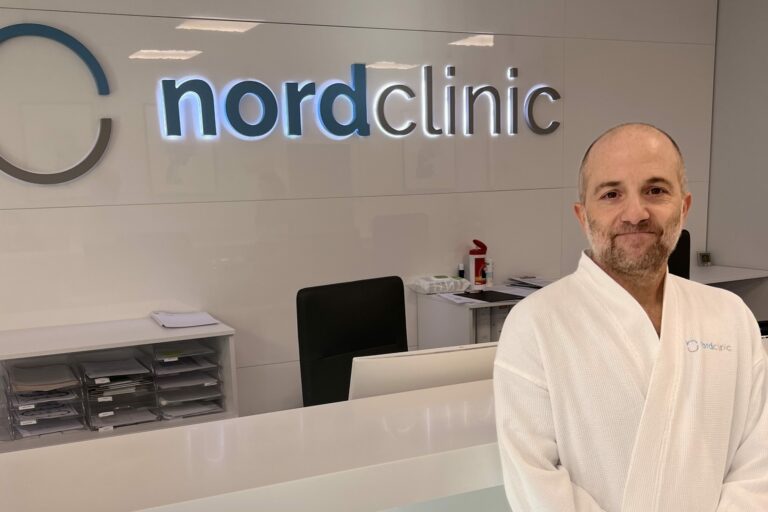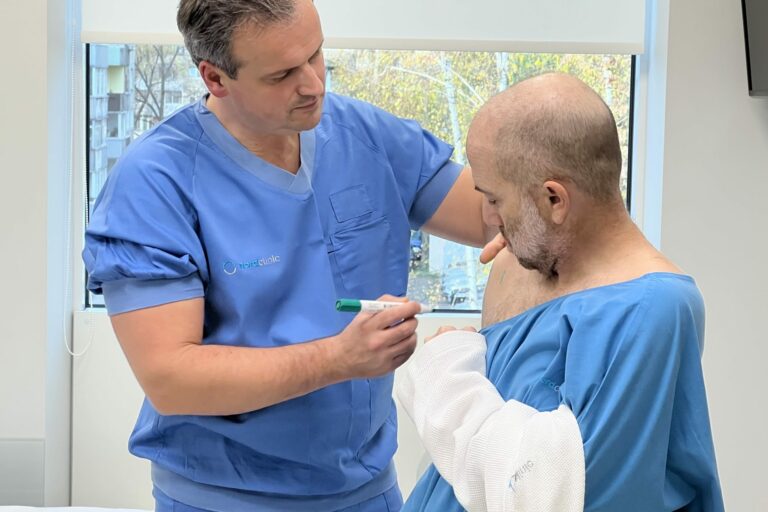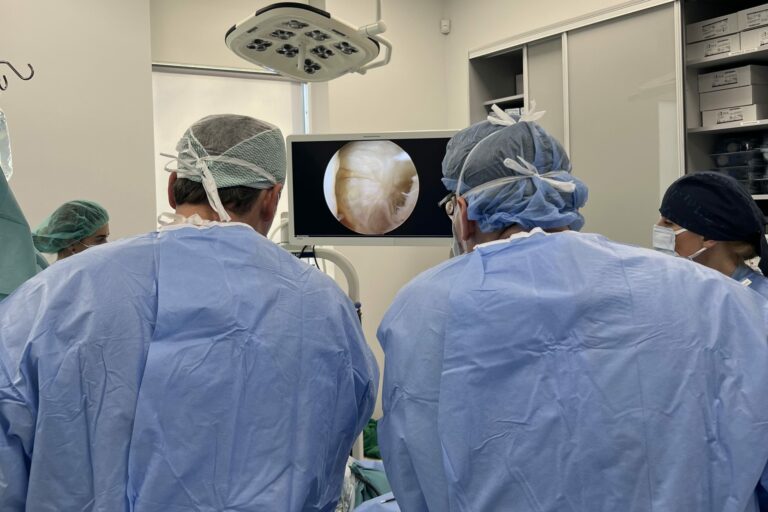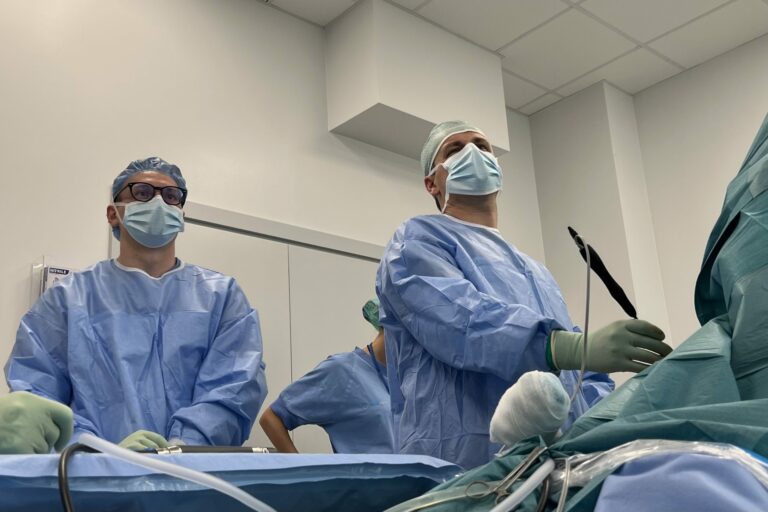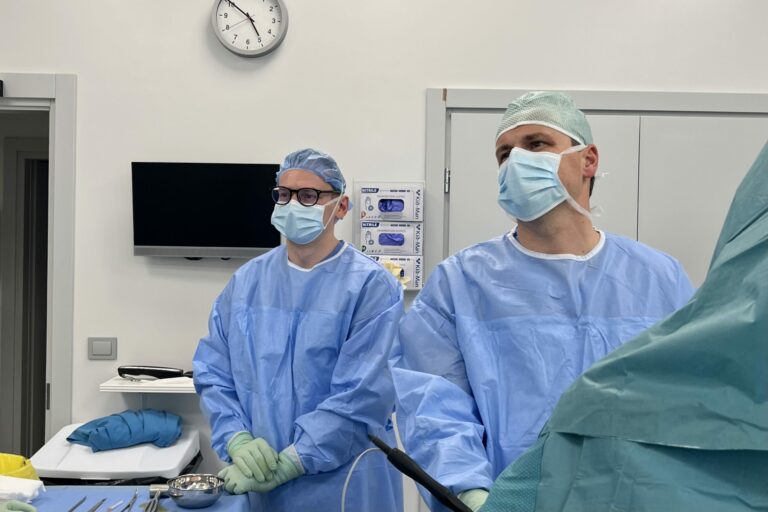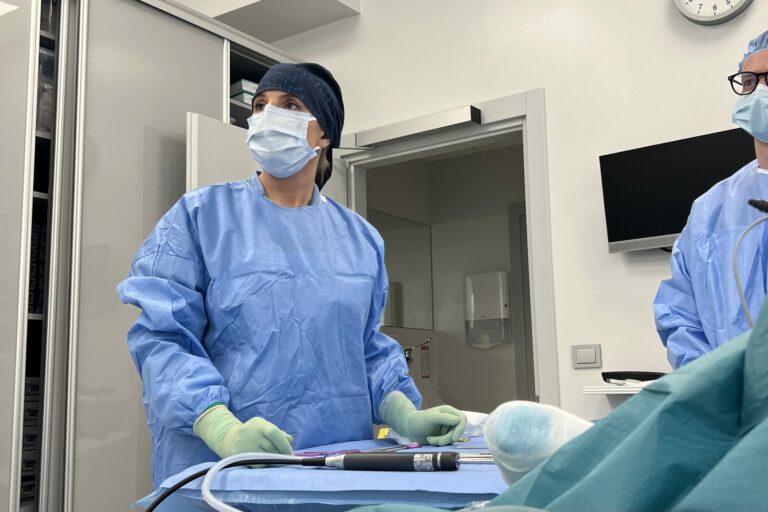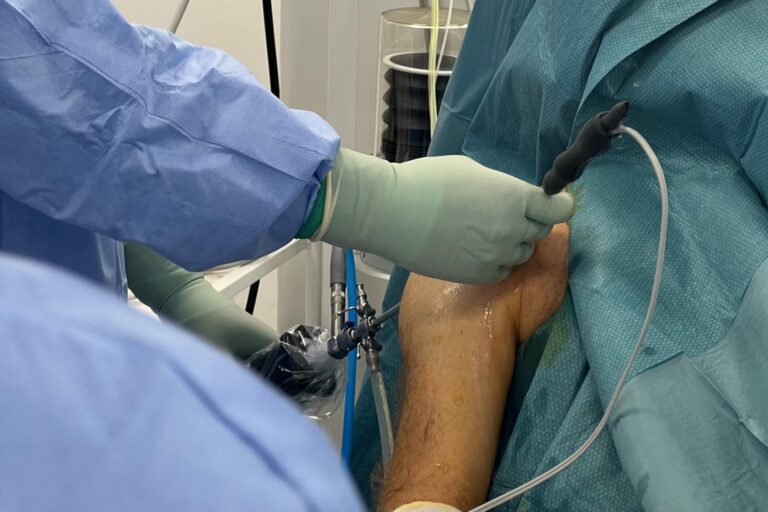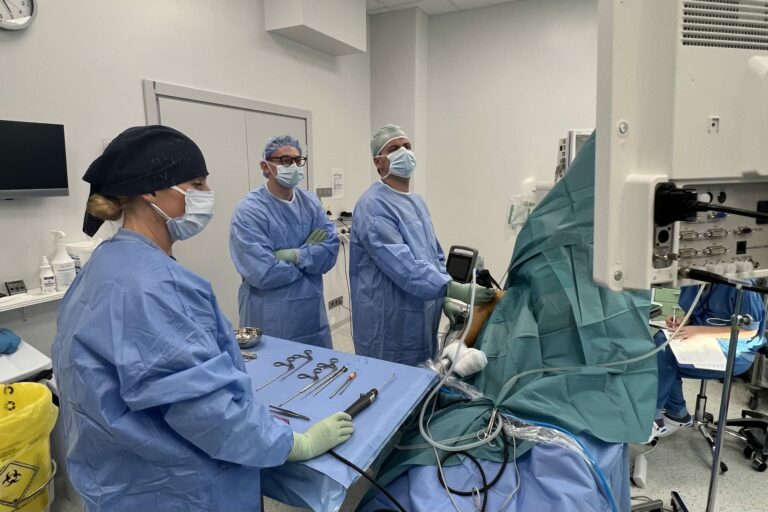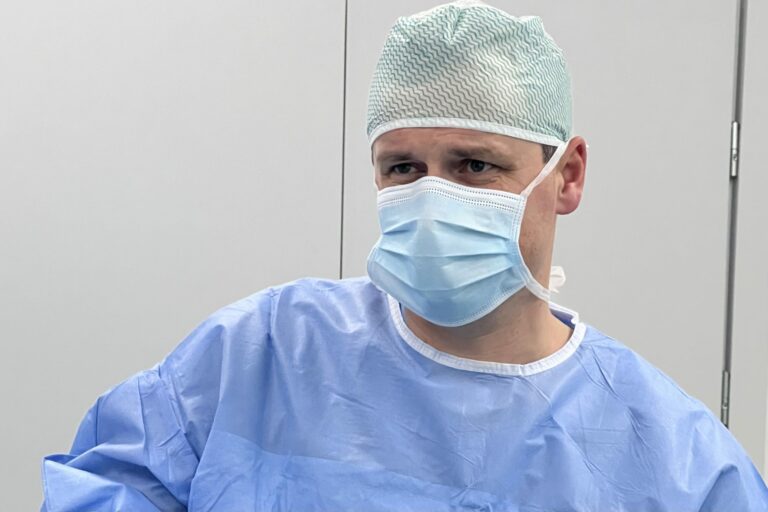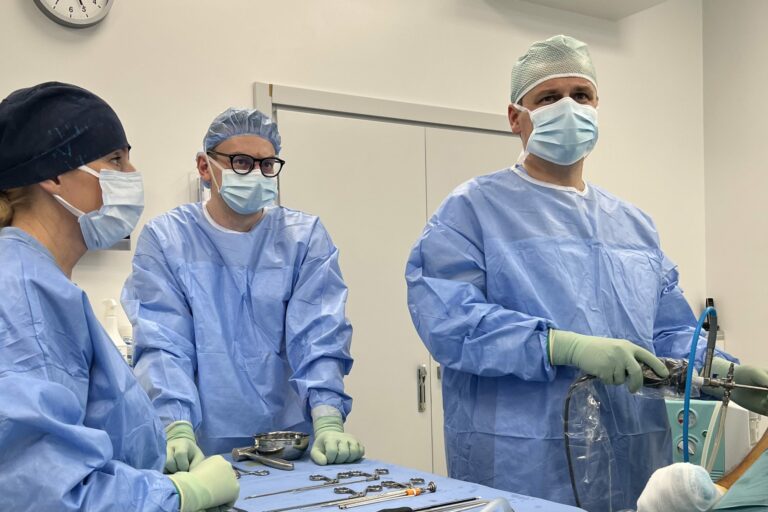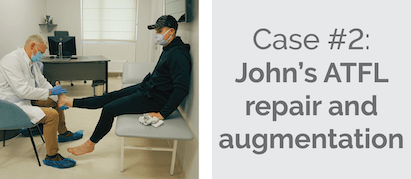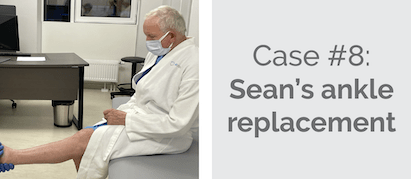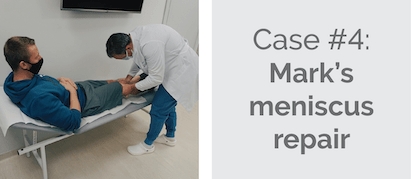Spartaco's story
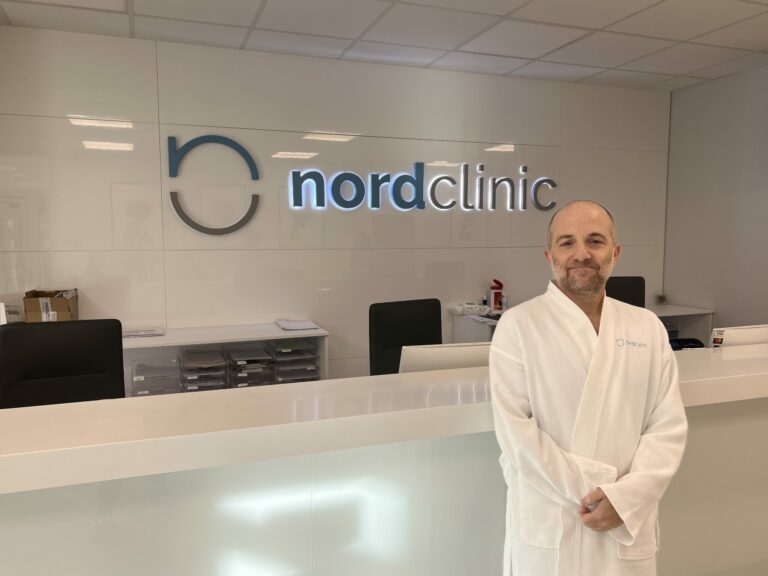
Our patient Spartaco is a determined individual who has faced difficult challenges. He was diagnosed with a torn rotator cuff and dislocation of the long biceps, causing intense pain and loss of functionality such as strength and power in his right arm. As an artist, animator and illustrator, the full function of his arm were critical to his career and livelihood. With the support of his loving wife, Spartaco made the courageous decision to undergo surgery and regain control of his life.
Spartaco's diagnosis
Spartaco was diagnosed with rotator cuff pathology and a dislocation of the long biceps tendon.
Rotator cuff pathology refers to any type of injury or disorder affecting the rotator cuff, including rotator cuff tears, inflammation, and degeneration.
A dislocation of the long biceps tendon refers to a condition where the biceps tendon, which connects the biceps muscle to the shoulder blade, becomes dislocated or separated from its normal attachment site. This can cause pain and weakness in the shoulder and may limit movement and physical activity.
In younger patients, this type of injury is often associated with acute trauma, but in older patients, it may not be linked to any specific traumatic event.
Performing the surgery
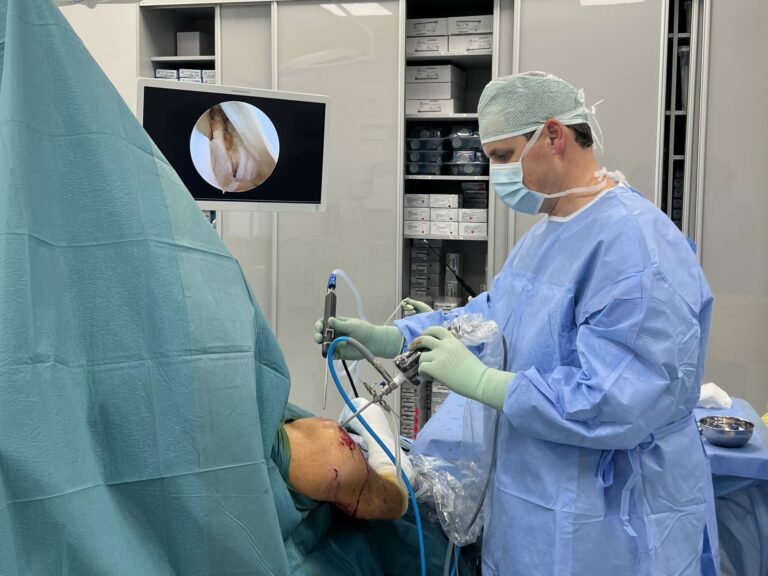
Shoulder arthroscopy is typically performed on patients who have been diagnosed with a shoulder joint condition and have not responded well to non-surgical treatments such as physical therapy, pain medications, or cortisone injections.
Shoulder arthroscopy is a minimally invasive surgical procedure performed to diagnose and treat various conditions affecting the shoulder joint. The procedure involves inserting a small camera (arthroscope) into the shoulder joint through a small incision, allowing the surgeon to visualize the joint and perform surgical repairs as necessary. It is performed to treat conditions such as rotator cuff tears, shoulder impingement, shoulder instability, and labral tears. The goal of shoulder arthroscopy is to relieve pain, improve shoulder function and range of motion, and restore normal joint anatomy.
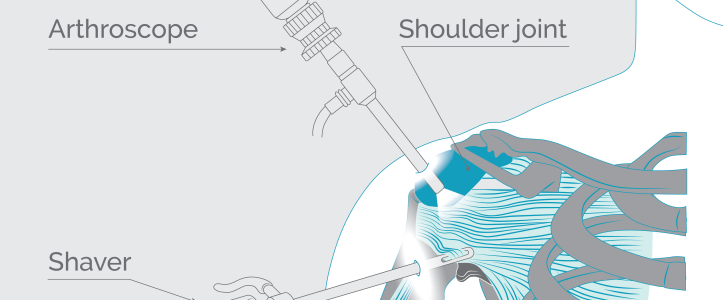
After the surgery
Right after the shoulder is immobilized in a sling for a period of time to allow for healing, followed by physical therapy to regain strength, range of motion, and flexibility. Pain and swelling are common during the initial stages of recovery, and the patient may need to take pain medication. Most people return to normal activities, such as work and light exercise, within a few weeks to several months, but it may take up to a year to see full recovery. The rehabilitation process and timeline can be different for each individual and close follow-up with a doctor is recommended.
